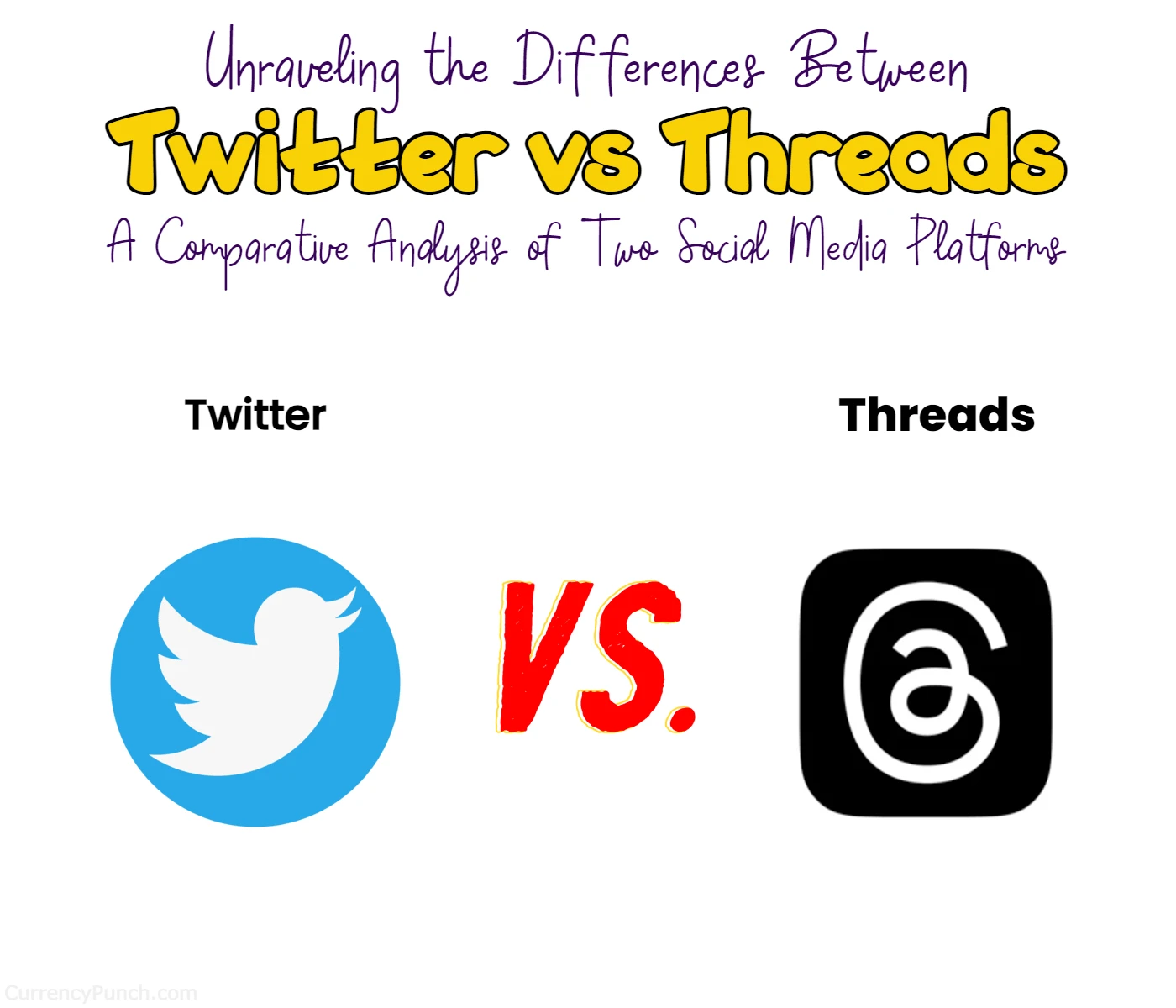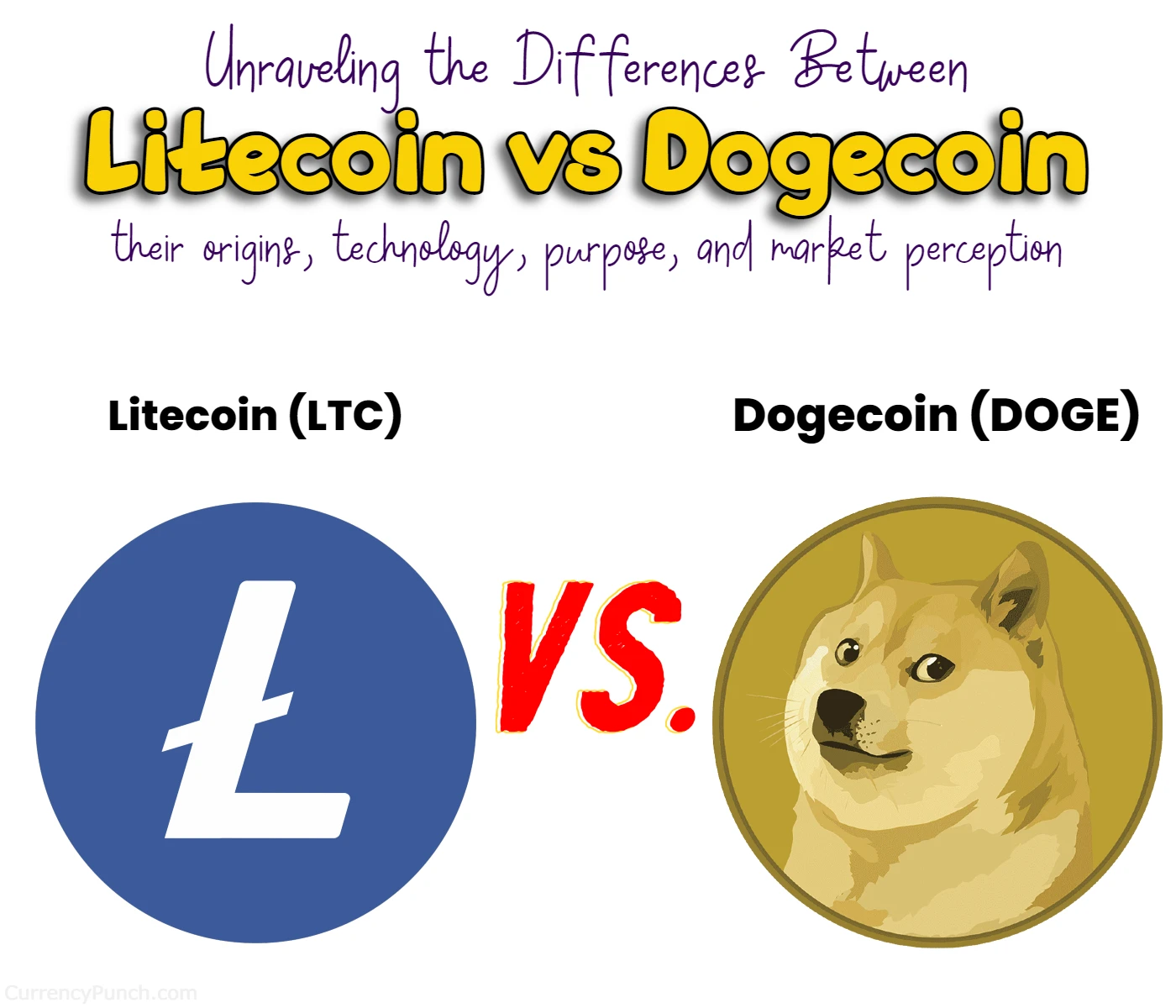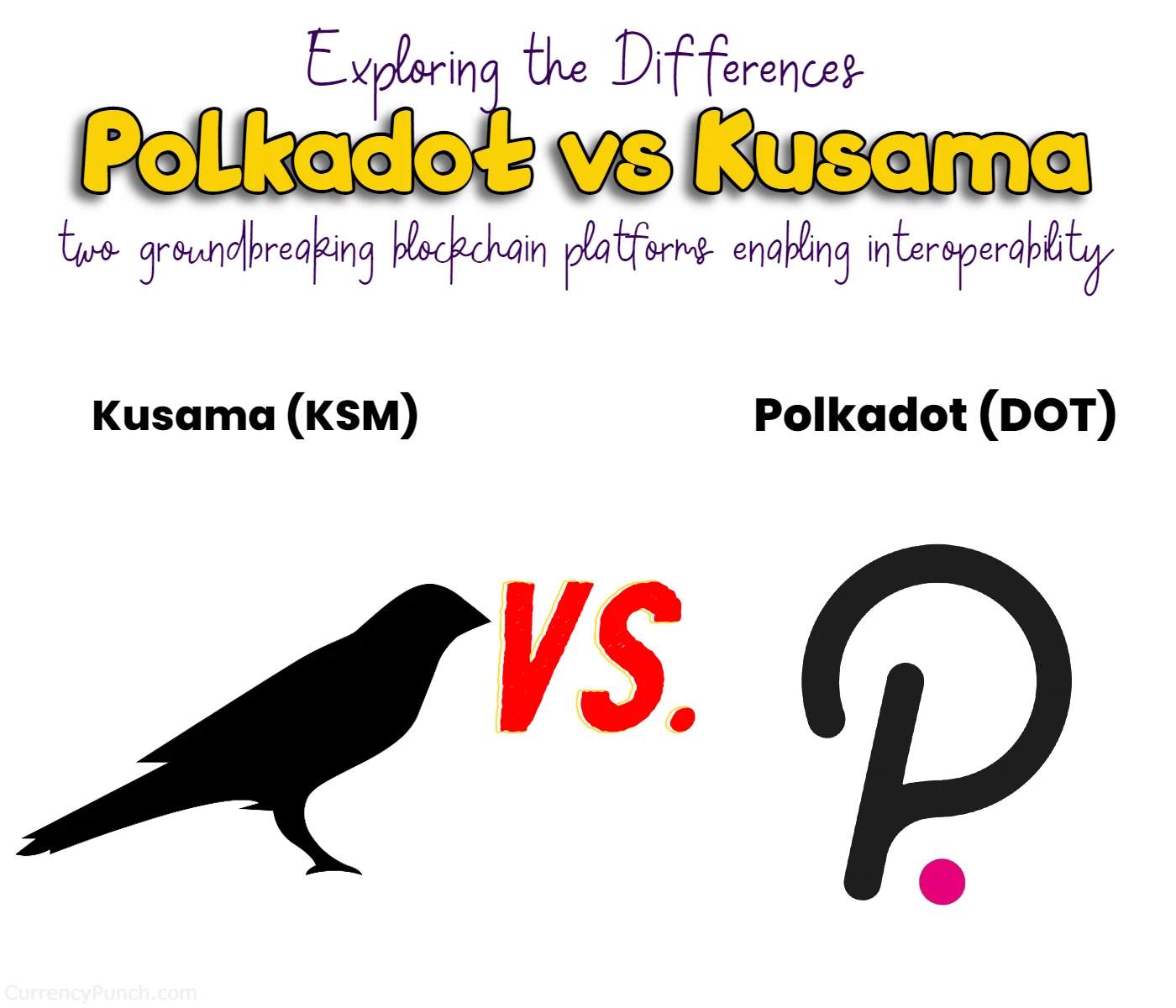What is the difference between Avalanche (avax) and Polygon (matic)?
Polygon vs Avalanche: Understanding the Distinctions

Are you curious about the differences between Polygon (MATIC) and Avalanche (AVAX)? Well, you’ve come to the right place! In this article, we’ll dive into the fascinating world of blockchain and explore how Polygon and Avalanche stand out from each other. Whether you’re a developer looking to build decentralized applications or an investor exploring potential opportunities, understanding the distinctions between these two platforms is essential. So, let’s embark on this journey together and uncover what sets Polygon and Avalanche apart!
Polygon and Avalanche are both renowned blockchain networks that offer innovative solutions to tackle the scalability challenges faced by traditional blockchains. However, they take different approaches to achieve their goals. Polygon, formerly known as Matic Network, is designed as a layer 2 scaling solution for Ethereum. It leverages technologies like sidechains and plasma chains to offload computations and transactions from the Ethereum mainnet, resulting in improved scalability and reduced congestion. On the other hand, Avalanche is a decentralized platform that introduces a unique consensus protocol called Avalanche consensus. This protocol enables near-instant finality and high transaction throughput by utilizing a combination of the Avalanche, Slush, and Snow protocols.
Here’s a quick comparison chart highlighting the key differences between Polygon (MATIC) and Avalanche (AVAX):
| Aspect | Polygon (MATIC) | Avalanche (AVAX) |
|---|---|---|
| Consensus Mechanism | Modified Ethereum PoS (PoS Chain) | Avalanche Consensus Protocol |
| Scalability Solutions | Sidechains, Plasma Chains | Sharding, Subnets, Atomic Swaps |
| Developer Ecosystem | Supports Ethereum-compatible tools and infrastructure | Supports Solidity, Avalanche-X Program |
| Use Cases | DeFi, NFTs, Gaming, Various dApps | DeFi, Supply Chain, Asset Tokenization, Custom Chains |
Differences between Avalanche and Polygon
Overview of Polygon (MATIC)
Polygon, formerly known as Matic Network, is a layer 2 scaling solution for Ethereum. It was designed to address the scalability limitations of the Ethereum network and provide a more efficient infrastructure for decentralized applications. Polygon achieves this by utilizing a combination of various technologies, including sidechains, plasma chains, and a proof-of-stake (PoS) consensus mechanism.
Polygon’s Consensus Mechanism
Polygon employs a PoS consensus mechanism, specifically a modified version of the Ethereum PoS protocol called the PoS Chain. Validators on the Polygon network stake their MATIC tokens to secure the network and validate transactions. This consensus mechanism allows for faster block confirmations and significantly reduces transaction fees compared to the Ethereum mainnet.
Scalability Solutions on Polygon
Polygon offers several scaling solutions to enhance the throughput and performance of dApps. One of the key solutions is the use of sidechains. These are independent blockchains connected to the Ethereum mainnet through the Polygon Bridge. Sidechains enable developers to offload computation and transaction processing from the Ethereum mainnet, thereby reducing congestion and improving scalability.
Additionally, Polygon utilizes plasma chains, which are also connected to the Ethereum mainnet. Plasma chains provide a high-speed data layer for executing smart contracts and processing transactions. This architecture allows for faster and more cost-effective transactions while benefiting from Ethereum’s security.
Developer Ecosystem on Polygon
Polygon has built a vibrant developer ecosystem by providing a range of tools and infrastructure for building dApps. The platform supports popular programming languages such as Solidity, making it compatible with Ethereum’s existing developer base. Developers can seamlessly deploy their Ethereum-based applications on Polygon by making a few adjustments to the code.
Polygon also offers a variety of developer-friendly tools, including the Polygon SDK (Software Development Kit) and Polygon.js, which simplify the development process. Moreover, Polygon has established partnerships with numerous projects and protocols in the blockchain space, further expanding its ecosystem and fostering collaboration.
Use Cases of Polygon
Polygon is suitable for a wide range of use cases, including decentralized finance (DeFi), non-fungible tokens (NFTs), gaming, and various other dApps. Many projects have migrated or expanded their operations to Polygon due to its scalability and low transaction costs. Some notable applications built on Polygon include Aave, SushiSwap, and Decentraland.
Overview of Avalanche (AVAX)
Avalanche is a decentralized platform that aims to provide fast, secure, and highly scalable solutions for building decentralized applications. It differentiates itself by utilizing a unique consensus protocol called Avalanche consensus, which enables near-instant finality and high transaction throughput. Avalanche also supports the creation of custom blockchains, allowing developers to launch their own networks with specific rules and parameters.
Avalanche Consensus Protocol
Avalanche consensus is a novel consensus protocol that enables the network to reach consensus quickly and with a high level of security. It utilizes a combination of three sub-protocols: the Avalanche protocol, the Slush protocol, and the Snow protocol.
The Avalanche protocol enables participants to agree on a single transaction order, achieving consensus in a decentralized manner. The Slush protocol provides a mechanism for validating transactions efficiently. Finally, the Snow protocol determines the transaction order within a block.
Scalability Solutions on Avalanche
Avalanche is designed to be highly scalable, capable of processing thousands of transactions per second (second) with low latency. The platform achieves this by using a sharding mechanism, where the network is divided into smaller subsets called subnets. Each subnet can process transactions independently, allowing for parallel processing and increased scalability.
Moreover, Avalanche incorporates a feature called “atomic swaps,” which enables the instantaneous exchange of assets across different blockchains within the Avalanche ecosystem. This feature enhances interoperability and facilitates seamless asset transfers between different applications.
Developer Ecosystem on Avalanche
Avalanche provides a robust developer ecosystem with a wide range of tools and resources to support the creation of decentralized applications. The platform supports the Solidity programming language, making it compatible with Ethereum’s developer community. Developers can easily port their existing Ethereum smart contracts to Avalanche with minimal modifications.
Avalanche also offers the Avalanche-X program, which provides grants, funding, and technical support to developers and projects building on the platform. This program aims to foster innovation and attract developers to build new applications and solutions on Avalanche.
Use Cases of Avalanche
Avalanche caters to various use cases, including decentralized finance (DeFi), supply chain management, asset tokenization, and more. Its high transaction throughput and near-instant finality make it well-suited for applications requiring fast and secure transactions. Additionally, Avalanche’s customizable chain feature allows businesses and enterprises to create private or permissioned blockchains tailored to their specific requirements.
Notable projects and platforms built on Avalanche include Pangolin (a decentralized exchange), BENQI (a lending and borrowing protocol), and TrueFi (a decentralized lending platform). These applications leverage Avalanche’s capabilities to offer efficient and user-friendly experiences to their users.
Comparing Polygon and Avalanche
While both Polygon and Avalanche aim to address the scalability challenges of blockchain networks, they have distinct characteristics and approaches. Here are some key points of comparison between the two platforms:
Consensus Mechanism
- Polygon: Utilizes a modified version of the Ethereum PoS consensus mechanism known as the PoS Chain. Validators stake MATIC tokens to secure the network and validate transactions.
- Avalanche: Implements the Avalanche consensus protocol, a unique consensus mechanism that combines the Avalanche, Slush, and Snow protocols. It achieves near-instant finality and high throughput by leveraging a decentralized voting process.
Scalability Solutions
- Polygon: Relies on sidechains and plasma chains to offload computation and transaction processing from the Ethereum mainnet. This approach reduces congestion and improves scalability.
- Avalanche: Implements sharding and subnets, dividing the network into smaller subsets for parallel transaction processing. The platform also incorporates atomic swaps to enable instant asset exchange across different blockchains.
Developer Ecosystem
- Polygon: Offers a vibrant developer ecosystem with tools like the Polygon SDK and Polygon.js. Developers can easily deploy their Ethereum-based applications on Polygon and benefit from its scalability features.
- Avalanche: Provides a robust developer ecosystem with support for the Solidity programming language. The Avalanche-X program offers grants and support to developers building on the platform, fostering innovation and growth.
Use Cases
- Polygon: Well-suited for various decentralized applications, including DeFi, NFTs, and gaming. Many projects have migrated to Polygon to leverage its scalability and lower transaction costs.
- Avalanche: Caters to applications requiring fast and secure transactions, such as DeFi, supply chain management, and asset tokenization. Its customizable chain feature allows for tailored solutions for businesses and enterprises.
Conclusion
Polygon and Avalanche are both prominent blockchain platforms that aim to solve the scalability challenges faced by traditional blockchain networks. While Polygon focuses on providing scalability solutions for Ethereum through sidechains and plasma chains, Avalanche offers its unique consensus protocol and sharding mechanism for achieving high throughput and near-instant finality.
The choice between Polygon and Avalanche ultimately depends on the specific requirements of the decentralized application being developed. Developers should
consider factors such as the existing developer ecosystem, compatibility with programming languages, scalability needs, and the desired use cases when deciding which platform to build on.
If you are already familiar with Ethereum and its developer tools, Polygon might be a natural choice. Its integration with Ethereum allows for easy migration of existing Ethereum-based applications and a seamless transition for developers. Additionally, Polygon’s focus on DeFi and NFTs makes it a suitable choice for projects in those domains.
On the other hand, if you prioritize high transaction throughput, near-instant finality, and the ability to create custom blockchains, Avalanche could be a strong contender. Its Avalanche consensus protocol and sharding mechanism offer scalability and fast transaction processing, making it suitable for applications that require quick and secure transactions. Avalanche’s support for Solidity also facilitates the transition for Ethereum developers.
It’s worth noting that both platforms have active and growing developer communities. Polygon’s partnerships and collaborations with various projects and protocols contribute to its ecosystem’s vitality. Avalanche’s Avalanche-X program provides resources and support for developers building on the platform, fostering innovation and encouraging the creation of new applications.
In summary, while Polygon and Avalanche share the goal of scalability, they employ different approaches and offer unique features. Developers should carefully consider their specific needs, use cases, and familiarity with the respective platforms’ tools and ecosystems when choosing between Polygon and Avalanche. Ultimately, both platforms present exciting opportunities for developers looking to build scalable and efficient decentralized applications.
FAQs
Polygon, formerly known as Matic Network, is a layer 2 scaling solution for Ethereum. It aims to address Ethereum’s scalability limitations by utilizing sidechains and plasma chains to offload computations and transactions from the Ethereum mainnet. Avalanche, on the other hand, is a decentralized platform that offers fast, secure, and scalable solutions for building decentralized applications. It introduces the Avalanche consensus protocol and sharding mechanism to achieve near-instant finality and high transaction throughput.
Polygon employs a modified version of the Ethereum proof-of-stake (PoS) consensus mechanism called the PoS Chain. Validators stake MATIC tokens to secure the network and validate transactions. Avalanche, on the other hand, utilizes the Avalanche consensus protocol, which combines the Avalanche, Slush, and Snow protocols. This unique consensus mechanism enables decentralized voting for achieving consensus quickly and securely.
Polygon leverages sidechains and plasma chains to enhance scalability. Sidechains are independent blockchains connected to the Ethereum mainnet through the Polygon Bridge, offloading computations and transactions from the mainnet. Plasma chains, also connected to Ethereum, provide a high-speed data layer for executing smart contracts. Avalanche achieves scalability through its sharding mechanism, dividing the network into smaller subsets called subnets. Each subnet can process transactions independently, allowing for parallel processing and increased scalability.
Polygon offers a vibrant developer ecosystem with tools like the Polygon SDK and Polygon.js, supporting Ethereum-compatible development. Developers can easily migrate their Ethereum-based applications to Polygon with minimal modifications. Polygon has also established partnerships with various projects and protocols, expanding its ecosystem and fostering collaboration. Avalanche, on the other hand, supports the Solidity programming language widely used in the Ethereum community. This compatibility allows developers to port their existing Ethereum smart contracts to Avalanche. Additionally, Avalanche’s Avalanche-X program provides grants, funding, and technical support to developers, encouraging innovation and growth on the platform.
Polygon is suitable for a wide range of decentralized applications, including decentralized finance (DeFi), non-fungible tokens (NFTs), gaming, and various other dApps. Many projects have migrated to Polygon to leverage its scalability and low transaction costs. Avalanche caters to applications requiring fast and secure transactions, such as DeFi, supply chain management, asset tokenization, and more. Its customizable chain feature also allows businesses and enterprises to create private or permissioned blockchains tailored to their specific needs.
Read More:



